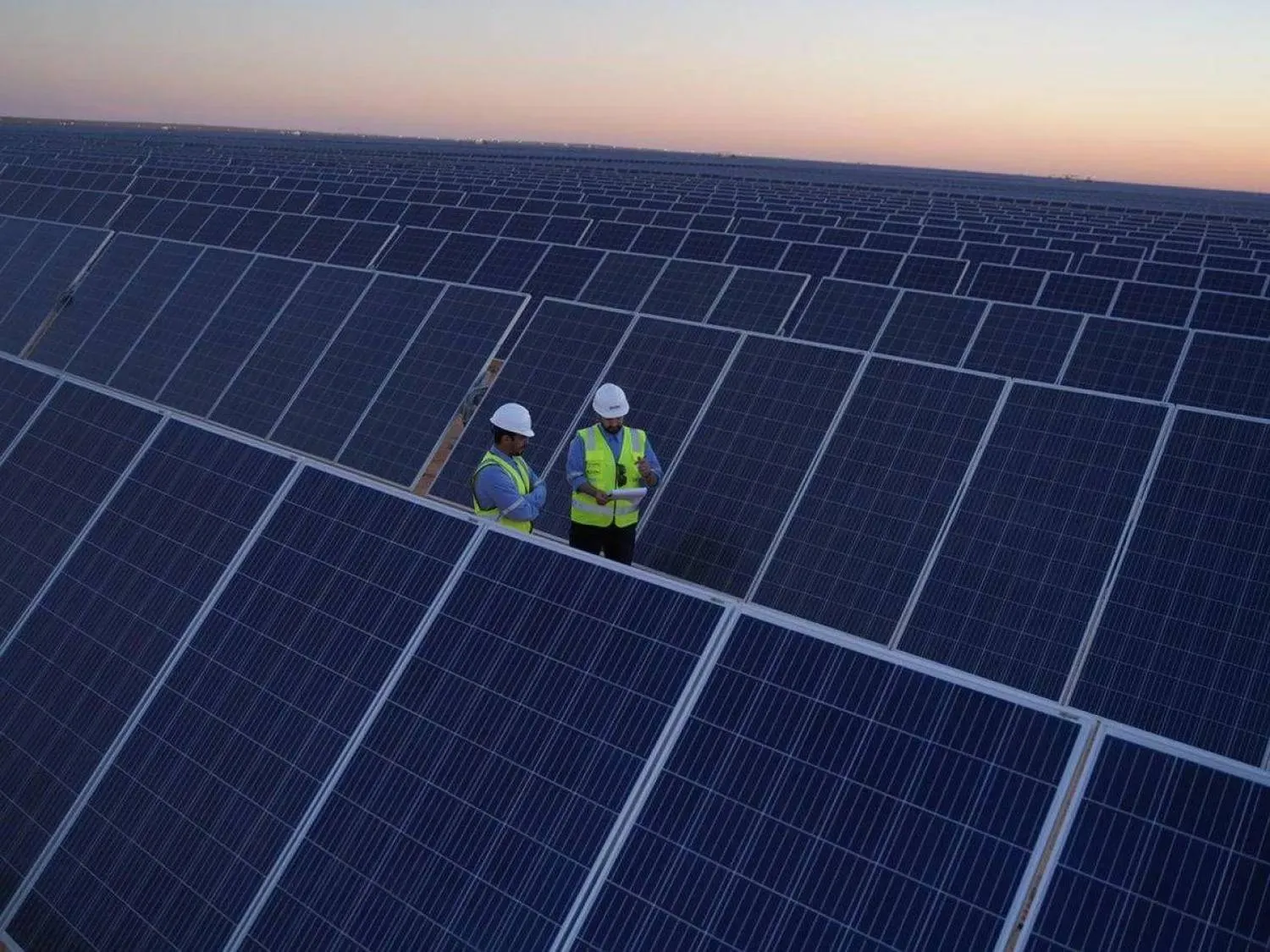Abu Dhabi National Oil Company (ADNOC) confirmed on Saturday it has entered into formal negotiations with OMV AG about the potential creation of a new combined petrochemicals holding entity, through the proposed merger of their respective existing shareholdings in Borouge plc and Borealis AG.
“ADNOC is excited to confirm that, following initial exploratory discussions, it has entered into formal negotiations with OMV,” the Company said, describing the opportunity as being full of many positive prospects for both parties.
Borouge is listed on the Abu Dhabi Securities Exchange (“ADX”) with 54 percent owned by ADNOC, 36 percent by Borealis, and 10 percent held by retail and institutional investors. Borealis is owned 75 percent by OMV with ADNOC holding 25 percent.
ADNOC is undertaking these negotiations as majority shareholder of Borouge, and OMV as majority shareholder in Borealis, with any final decision subject to Borouge’s, and other relevant parties’, governance processes.
The potential merger would mark the next transformative milestone in ADNOC’s ongoing value creation and chemicals growth strategy, with any transaction subject to customary regulatory clearances.
The Abu Dhabi-listed Borouge is itself a partnership between ADNOC and Borealis and has a market value of about $22 billion.
The two parties are discussing a possible valuation of about $10 billion for Borealis, including its Borouge stake, Bloomberg said earlier this month.
Sources said that negotiations have been on and off for several months and could still be delayed or stopped, with specific value and ownership structure being the two fundamental obstacles to reaching any agreement.









